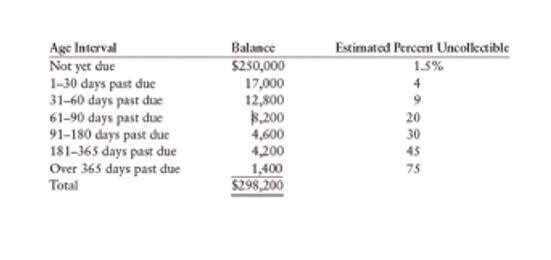23/07/14
Predetermined Overhead Rate Definition, Example, Formula, and Calculation

So, the businesses need to do a cost-benefit analysis before implementing the ABC system of costing. Product costing can be extremely helpful in managerial decision-making, and its prime use is related to product costing and job order costing. So, it’s advisable to use different absorption bases for the costing in predetermined overhead rate formula terms of accuracy. To estimate the level of activity, sales and production budget can be used. However, there is a strong need to constantly update the production level depending on the seasonal fluctuations and the factor affecting the demand of the product.

How often should you calculate your predetermined overhead rate?

Therefore, the single rate overhead recovery rate is considered inappropriate, but sometimes it can give maximum correct results. The differences between the actual overhead and the estimated predetermined overhead are set and adjusted at every year-end. However, if there is a difference in the total overheads absorbed in the cost card, the difference is accounted for in the financial statement. Let’s understand the detailed perspective of the concept along with steps. You should calculate your predetermined overhead rate at least once per year.

Advantages of predetermined overhead rate formula
- The predetermined overhead rate formula can be used to balance expenses with production costs and sales.
- Further, customized input from different departments can be obtained to enhance the accuracy of the budget.
- This complexity is driven by different factors, including but not limited to common activity for multi-products and a greater number of supportive activities for the production.
- When monitoring and controlling overheads, businesses need some standard, to compare actual overheads with, to understand whether the budget is being properly followed.
- The manufacturing overhead costs are applied to the product based on the actual number of activity base units used during the accounting period.
In addition, it also depends on the requirement which enable the calculation of predetermined overhead rate to realistically reflect the characteristics of a given cost center and which avoids undue anomalies. When making pricing decisions about a product, the management of a business must first understand what the costs of the product are. If the management does not consider the cost of the product when setting its price, then the price of the product may end up being too unrealistic.
Monitoring relative expenses

Following this, you Grocery Store Accounting can assess which costs are similar and therefore which allocation base they belong to. In larger companies, each department in which different production processes take place usually computes its own predetermined overhead rate. The example shown above is known as the single predetermined overhead rate or plant-wide overhead rate.

- The production head wants to calculate a predetermined overhead rate, as that is the main cost allocated to the new product VXM.
- A Predetermined Overhead rate shall be used to calculate an estimate on the projects that are yet to commence for overhead costs.
- The use of multiple predetermined overhead rates may be a complex and time consuming task but is considered a more accurate approach than applying only a single plant-wide rate.
- Once both these estimates have been made, the business can calculate its predetermined overhead rate.
- At the end of the accounting period, the actual indirect cost is obtained and compared with the absorbed indirect.
- However, whether ABC Co. made a profit or loss on the actual job can only be determined if the price of the job is known.
As the production head wants unearned revenue to calculate the predetermined overhead rate, all the direct costs will be ignored, whether direct cost (labor or material). According to a survey 34% of the manufacturing businesses use a single plant wide overhead rate, 44% use multiple overhead rates and rest of the companies use activity based costing (ABC) system. Predetermined overhead rates are also used in the budgeting process of a business. As discussed above, a business must wait until the end of a period to know the actual performance in terms of overheads incurred.


